Whether you’re supplementing your diet with foods you forage or hunt, or relying on the wilderness to feed you completely, these 15 foods can help provide the sustenance you need.
Plants
Lamb’s Quarters—Edible raw or cooked. Highly nutritious. Not nearly as tasty without butter, salt, and pepper.
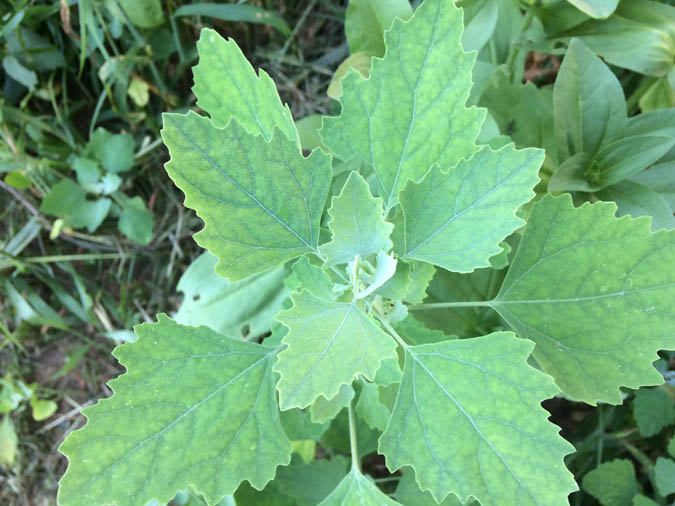
Pokeweed—Passable without seasoning, but not nearly as exciting. See my article on pokeweed for more details.
You May Also Enjoy: “Pokeweed: The Weed, The Myth, The Legend”
Dock Seeds—These have a nice, nutty flavor when roasted, and they’re easy to harvest in abundance. The only downside is that they take a bit of effort to process.
Wild Carrots—The roots usually need to be processed the same day that you harvest them.
Purslane—This common garden weed is delicious raw. It’s also high in omega-3 fatty acids.
You May Also Enjoy: “Purslane: The Omega-3 You Can Grow for Free! (With Recipe)”
Sheep Sorrel—This plant’s sword-shaped leaves have a pleasant, tangy taste.
Wood Sorrel—Often mistaken for clover, wood sorrel is a tasty trail nibble. Its flavor is much like sheep sorrel.
Yucca Pods—These are fairly sweet once roasted. They have a slightly bitter aftertaste, but it isn’t bad.
Crab apples—”Crab apple” refers to the size of the apple, not a particular variety. All apples are edible, though not all are desirable. Roasting helps to bring out the sweetness in this often-bitter fruit. A little cinnamon-sugar would help, though….
Leatherleaf Mahonia—The berries start sweet, but have a poor aftertaste. In a survival setting, I’d say they’re worth it.
Animals
Eggs—I’ve found some bird nests in my fruit trees. I thought about harvesting the eggs, but it seemed rude to eat guests. If I find an accessible nest elsewhere, I might give it a try.
Crawfish—I almost ate a crawfish during one of my survival treks a couple of years back, but that’s a weird story. As I was cleaning one of the fish I had caught, I saw that it had a crawfish poking out of its throat. This fish’s stomach was literally full to the point that the crawfish’s pinchers and antenna were sticking into its mouth, and it still bit my lure. (Needless to say, I’m going to buy some more of that type of lure.) The crawfish looked fresh, and I considered cooking it up. But in the end, I decided that I wasn’t quite hungry enough to eat secondhand crawfish.
Earthworms—Not gonna lie . . . these are not my favorite. I know how to prepare and eat them, but I may not have found the most pleasing method. They always have a little grit left in them, and the taste is not my favorite. Even when you’re really hungry, these require a little pep talk. Still, you can’t beat them as a convenient protein source.
Ants—Highly abundant, but a pain to gather. You’ll always find one with a lot of spirit that wants to hang on to your inner lip to keep from being swallowed. If you can get to the eggs, that’s the way to go. The taste can vary between species.
Wasp Larva—These may involve a little risk to gather, but they can be eaten raw without fear of parasites, and bugs are a great source of protein. They look nasty, but they have a buttery taste with a hint of sweetness.
What Do You Think?
What wild foods would you add to this list? Let me know in the comments!
___________________
(This is an updated version of an article that was originally published on July 17, 2018. The author may not currently be available to respond to comments, however we encourage our Community members to chime in to share their experiences and answer questions!)
___________________
Psst! Our Lawyer Wants You to Read This Big, Bad Medical Disclaimer –> The contents of this article, made available via The Grow Network (TGN), are for informational purposes only and do not constitute medical advice; the Content is not intended to be a substitute for professional medical advice, diagnosis, or treatment. Always seek the advice of a qualified health care provider with any questions you may have regarding a medical condition. If you think you may be suffering from any medical condition, you should seek immediate medical attention. You should never delay seeking medical advice, disregard medical advice, or discontinue medical treatment because of information provided by TGN. Reliance on any information provided by this article is solely at your own risk. And, of course, never eat a wild plant without first checking with a local expert.
_______________________________________________________

Scott Sexton is a TGN Trailblazer, a highly experimental gardener, an unrelenting weed-eater, and a largely non-profit herbalist (much to his wife’s chagrin). When Scott is not teaching foraging classes, testing out theories in the garden, or grazing in the forest, he can be found at his Facebook page, “A Forager’s Guide to the Zombie Apocalypse.”
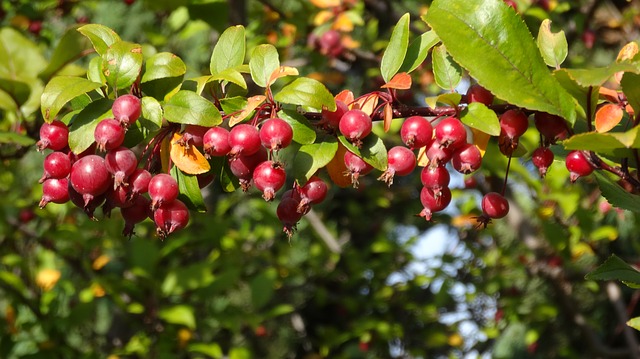
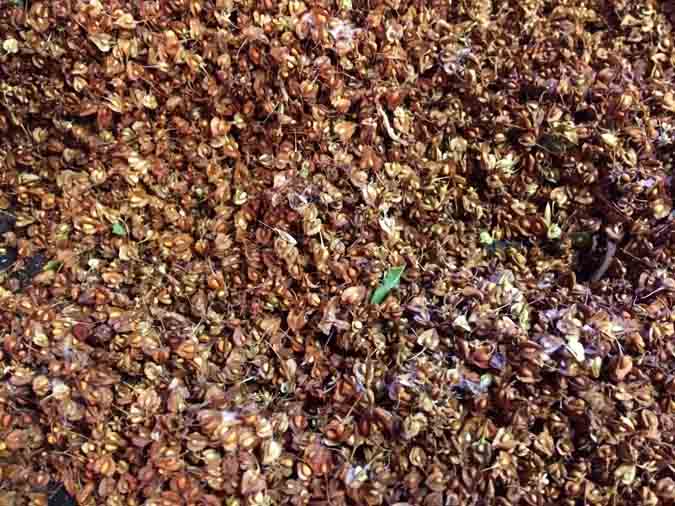
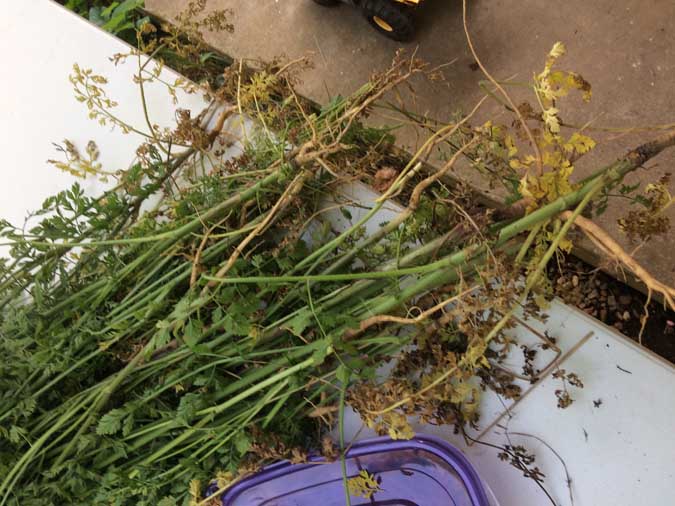
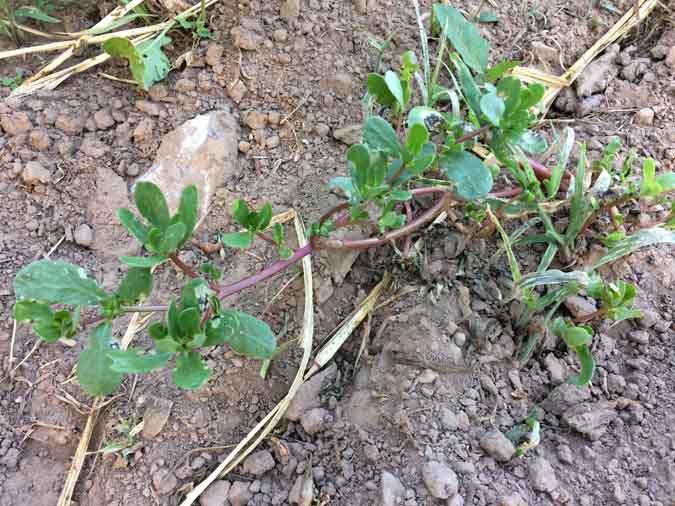
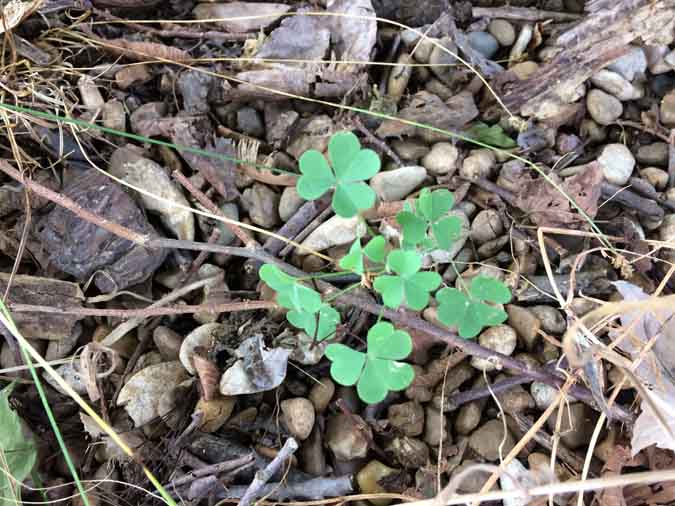
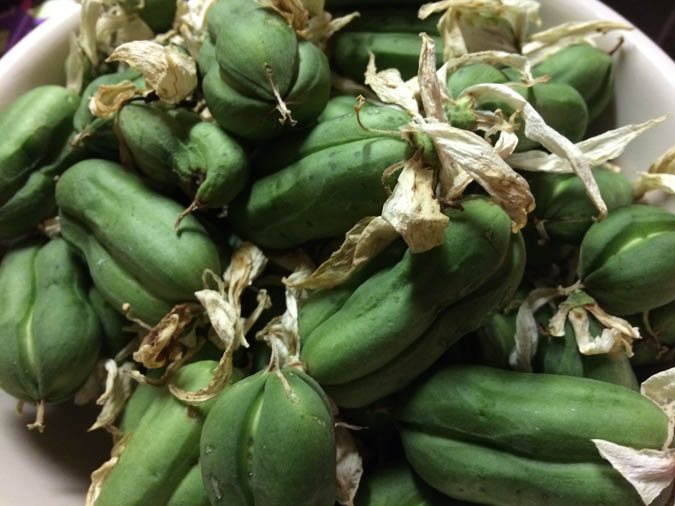
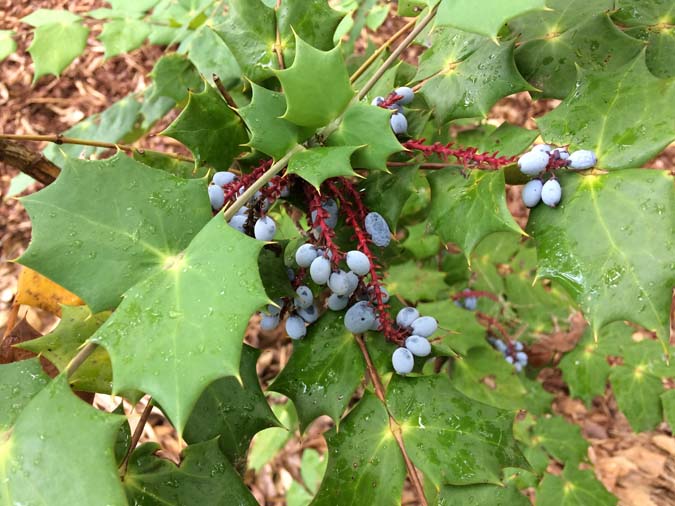
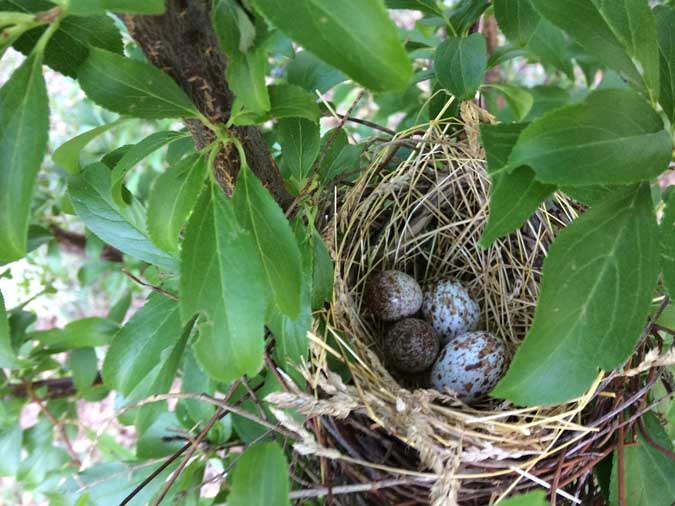
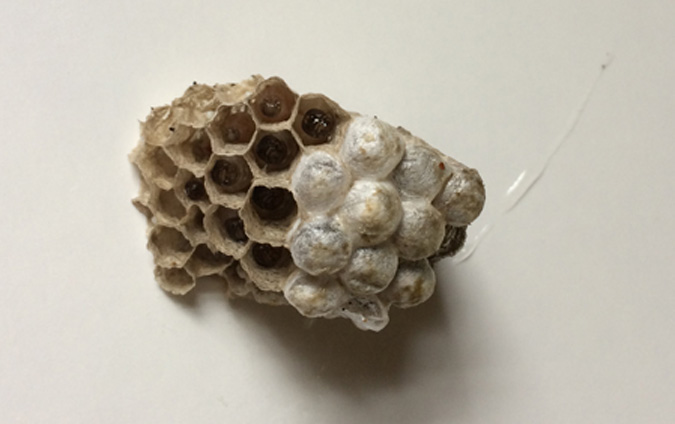







COMMENTS(18)
Is there a way to make Japanese Beetles a survival food? I pick hundreds of them from my plants this time of year and feed them to my chickens. They LOVE them.
That’s a great question! Many beetles are edible, though some contain mild, distasteful toxins (such as ladybugs), and some can even be dangerous (such as a poison arrow beetle in Africa … the name escapes me). I haven’t eaten Japanese beetles, myself, but I’m pretty sure they’re edible. I say “pretty sure” because, offhand, I don’t know 100%, and I don’t want to go get myself into trouble. 😉 (I’ll see if I can scrounge up some to try out.)
Anytime you eat a bug, you want to be conscious of parasites and pesticides. Some bugs, like bees, live lives far away from critters that could bother us. But grubs and other earth-dwellers are at high risk of carrying something nasty. With beetles, I’d boil, bake, or fry them until I was sure that any hitchhikers were killed. Then you can do with them as you will. Dehydrate, powder, add to casseroles, serve with rice and hot sauce, etc.
Also, make sure to avoid bugs that could have could have come into contact with pesticides. Nobody wants to accumulate those in their body.
One thing that people don’t always think about is what the bugs have been eating. Tomato hornworms, for example, are totally edible, but the plant parts that they eat aren’t. In that case you’d want to let the hornworms clean themselves out by catching them and feeding them a neutral diet for a couple of days. If you were harvesting beetles off of a poisonous plant, you might be best off leaving those for the chickens.
I hope that helps.
Thanks, Scott, for the thoughtful response. It gave me a lot of things to think about that I hadn’t considered. I’m enjoying your 30-day series. Good luck!
I’m always trying to teach random people about foraging. Wood sorrel is my go-to “gateway” plant since it tastes like sour candy!
That’s a really good one. I like to use purslane or chickweed too, if they’re out. A sassafras leaf or spicebush leaf are also good for showing people that wild plants don’t have to be bitter. But wood sorrel is much more common, and it does have that nice flavor. Thanks for sharing.
Sorry to say but the photo of purslane is of a different, though similar-looking plant. I eat a lot of purslane, and it grows everywhere and is very nutritious. The whole plant is edible.
Hi, GardenGal. Thanks for your comment. I can assure you that the plant in the photo is purslane. The Portulaca genus contains over 50 species worldwide. There are also some plants in other genera that have purslane as part of their common names. So it may be possible that the variety of purslane that grows near you is a different variety from the one that grows around me. That’s likely the cause of the confusion. Have a good one!
Perhaps I should go into just a bit more detail. There are two common lookalikes for purslane. One is spurge, which is physically similar, but thinner and has white sap. Spurge is not edible. Another potential lookalike is called carpetweed.
Carpetweed is edible, by the way, but only the growing tips are worth the effort. The rest of the plant becomes much too tough. Carpetweed has a similar “at a glance” appearance to purslane, but it is even thinner than spurge and has leaves in a whorl arrangement. It actually looks a lot like a tiny cleavers plant, though it lacks the rough texture.
Of course, the term “lookalike” is subjective, and there could always be more, depending on a person’s view. But those are the two that I consider to be the big ones.
Again, thanks for your comment.
Can you please give me an idea of how to use horsetail (Equisetum Hymale) ? I want to dry it, powder it and put it into capsules. Would that be correct? What might be a good way to dose it? Thanks so much.
Great question, Mary! Horsetail is a great plant. Yes, you can dry it, powder it, and put in into capsules. You can also just stir the powder up in water and drink the whole thing. That’s how I like to do it. A teaspoon is the commonly recommended amount.
That’s the short version. But if you want to get into it deeper, I highly recommend Alternatives to Dentists with Doug Simmons. That guy really knows his horsetail!
Fascinating article with lots of helpful detail. Definitely interested in trying the yucca pods. They are everywhere here. Thank you.
How about one of the most common: Dandelion? or grape leaves? white or red clover flowers? garlic mustard? Yeah, I know it’d be a long list, but surprised dandelion didn’t rate.
That’s fair. Dandelions are a great food source. They’re high in nutrition, and are even a good calorie source, if you eat the roots.
Would be nice to know what Aussie plants and bugs are also edible. I don’t know that many of the plants you mentioned grow wild here. We do have European wasps which I think are the same as your yellow jackets or a close relative at least. I think I may have to look into the Aborigine foods.
Hi Karen! So glad you mentioned Australia. I know of two books you might be interested in. The first is “80 Edible and 20 Dangerous Survival Plants in Australis” by Justin Hathways. With so many plants, it’s a little light on details. But it’s a good place to begin.
The other book is “The Weed Forager’s Handbook: A guide to edible and medicinal weeds in Australia” by Adam Grubb and Annie Raser-Rowland. This one goes into more detail, but is covers less plants. Also, the plants it talks about are common around the world, not just Australia. However, it tells you which parts of Australia have which plants. So that’s handy.
As a side note, let me know if you ever eat a midgim berry. From my understanding, they only grow somewhere along the eastern coastal area. I’ve really been curious to try one.
Thanks for the comment!
Another superb article, thank you. Your answers to questions provide another whole level of accurate information. While not available year round, I would add wild asparagus as super tasty and chickweed, cleavers, bladder campion (a new discovery for me) and nettles all abundant here in my village (in Spain) in late winter and early spring. PS just love your sense of humour ‘rude to eat guests’ still has me chuckling!
I fully expected at least a nod to dandelions – since they’re fully edible. Obviously, they’re more easily found in cultivated yards, even though I doubt there are many people who deliberately cultivate them. Clearly, a worthy dietary choice, if not technically ‘wild.’
The cashew fruit is edible as well, and without processing. It’s the nuts that need all this processing! An interesting fact to know is about the largest cashew tree in the world, according to sources in Rio Grande do Norte, Brazil, that covers a whole square It just kept lowering branches that kept growing into whole ‘new trees’!